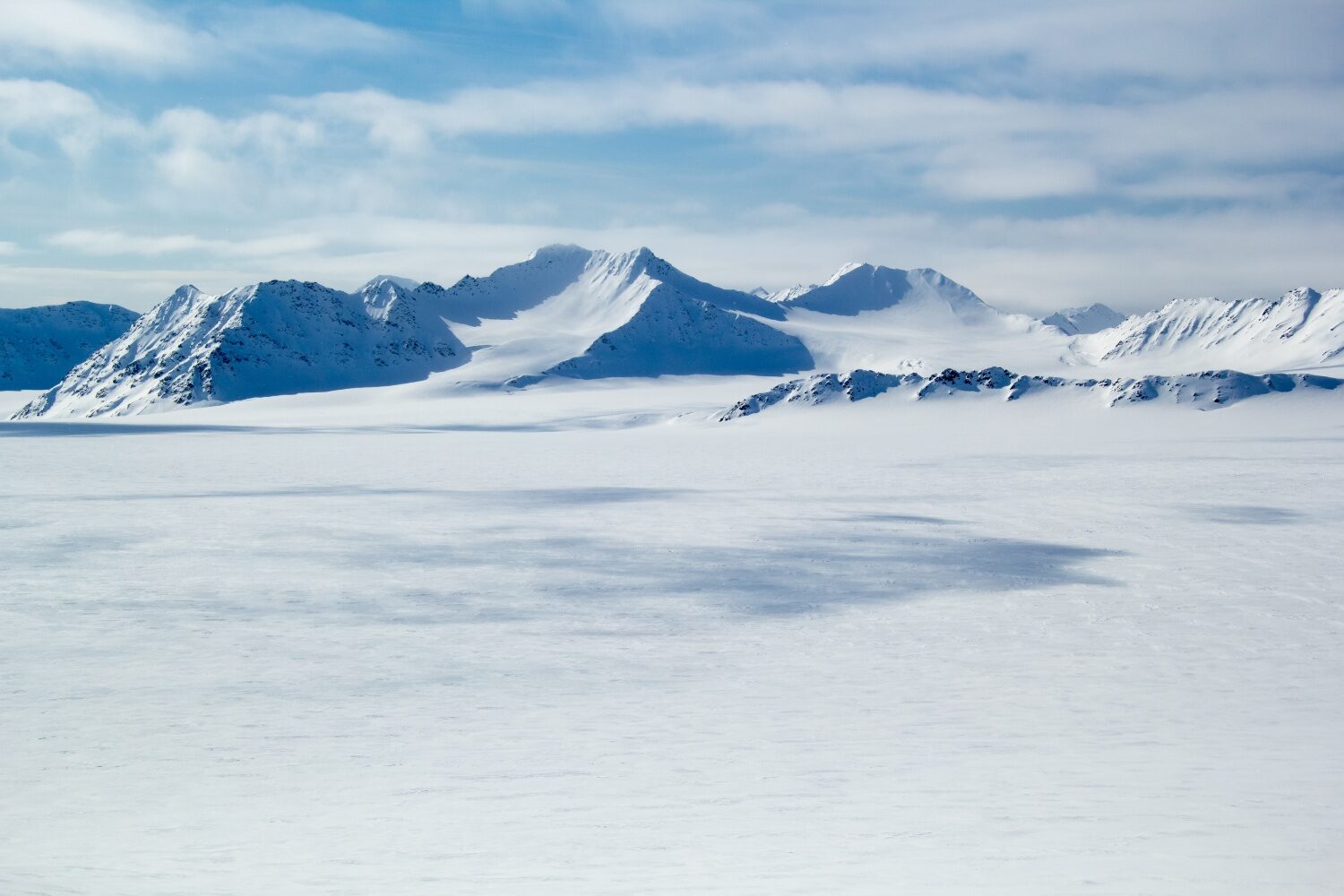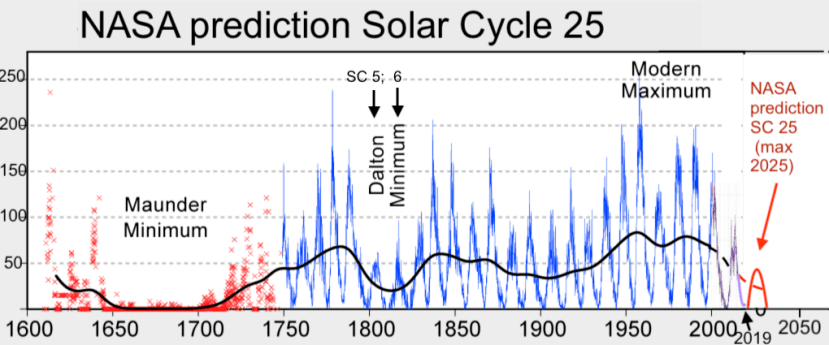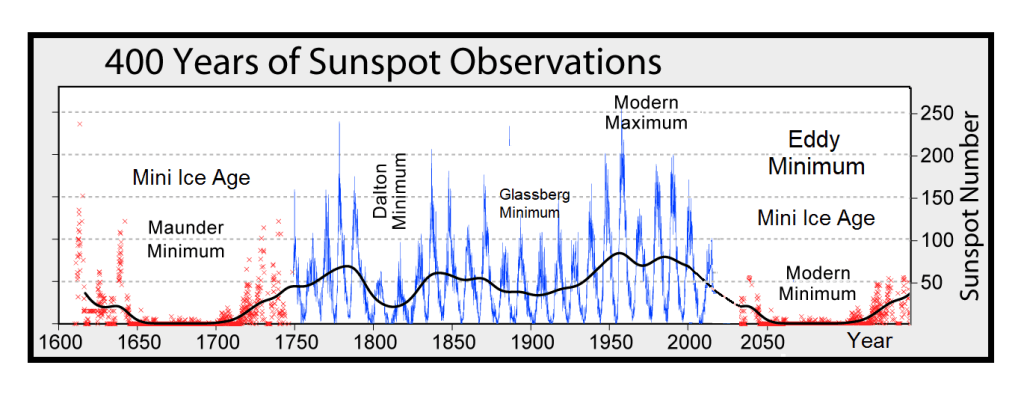The opening data-point for the 2021-22 season is approximately 250 Gigatons above the 1982-2012 average, proving once again that IPCC prophesies of decreasing snow cover were formed on flawed foundations:
The second data point (from Oct 3) has seen a notable decrease - but only to a level that is still above the upper SD band.
Historically, there can be some flip-flopping at this time of year, and we'll have to wait a number of weeks before things settle and a trend can be determined. Saying that though, it is certainly safe to speculate that this season will be another explosive one in terms of snow cover - akin to last year (shown below): we can assume this because of 1) the historically low solar activity we've experienced of late its impact on global average temperatures, and 2) the multi-year trend of growth developing on ALL of the snow cover charts - such as the FMI's that I use here (but there's also ECCC's, among others, which paint the same picture).
This upcoming Northern Hemisphere winter has long been predicted to be a doozy, and while the MSM scrambles to find any and every explanation to support their failing 'catastrophic global warming' hypothesis (i.e. warming = cooling), what is far more likely, based on the actual data, is that planet earth is on the cusp of its next great cooling epoch — a Grand Solar Minimum.
The first observations from this season's FMI Total Snow Mass chart support this.
As does the global temperature drop which began in 2016:
As does the fact that the South Pole recently experienced its coldest 6-month spell in recorded history, busting the previous benchmark held by 1976 - a year which lands during the deep solar minimum of the historically weak solar cycle 20:
And then we have the SMB trend-reversal on Greenland, which also began in 2016.
The world's largest island has experience a string of healthy Surface Mass Balance seasons in recent years during which snow and ice accumulated at levels comfortably above the 1981-2010 average used by the Danish Meteorological Institute (DMI):
Don't fall for the controlling political agendas of the day.
History won't remember you fondly.
And on that note, and at risk of further-annoying those imploring me to stick to issues regarding 'climate', the COVID debacle is tracking a very similar narrative. Please watch the latest Project Veritas exposé (released today) to hear what Pfizer scientists actually think of their own vaccine:
The COLD TIMES are returning, the mid-latitudes are REFREEZING, in line with the great conjunction, historically low solar activity, cloud-nucleating Cosmic Rays, and a meridional jet stream flow (among other forcings).
Both NOAA and NASA appear to agree, if you read between the lines, with NOAA saying we're entering a 'full-blown' Grand Solar Minimum in the late-2020s, and NASA seeing this upcoming solar cycle (25) as "the weakest of the past 200 years", with the agency correlating previous solar shutdowns to prolonged periods of global cooling here.
Furthermore, we can't ignore the slew of new scientific papers stating the immense impact The Beaufort Gyre could have on the Gulf Stream, and therefore the climate overall.






Comment: Seen in addition: In these days of "Catastrophic Global Warming," the South Pole just suffered its coldest 'Winter' in recorded history